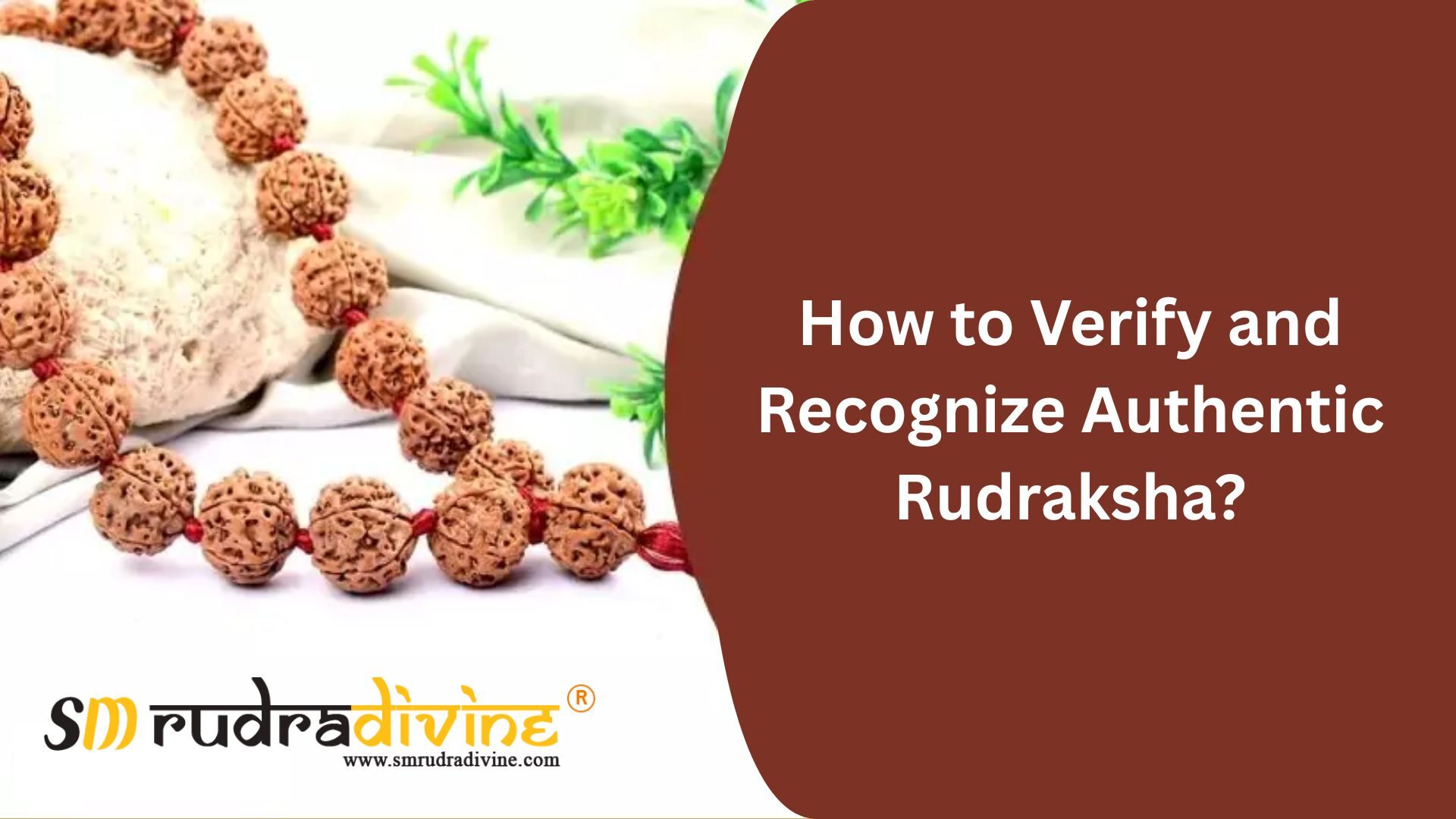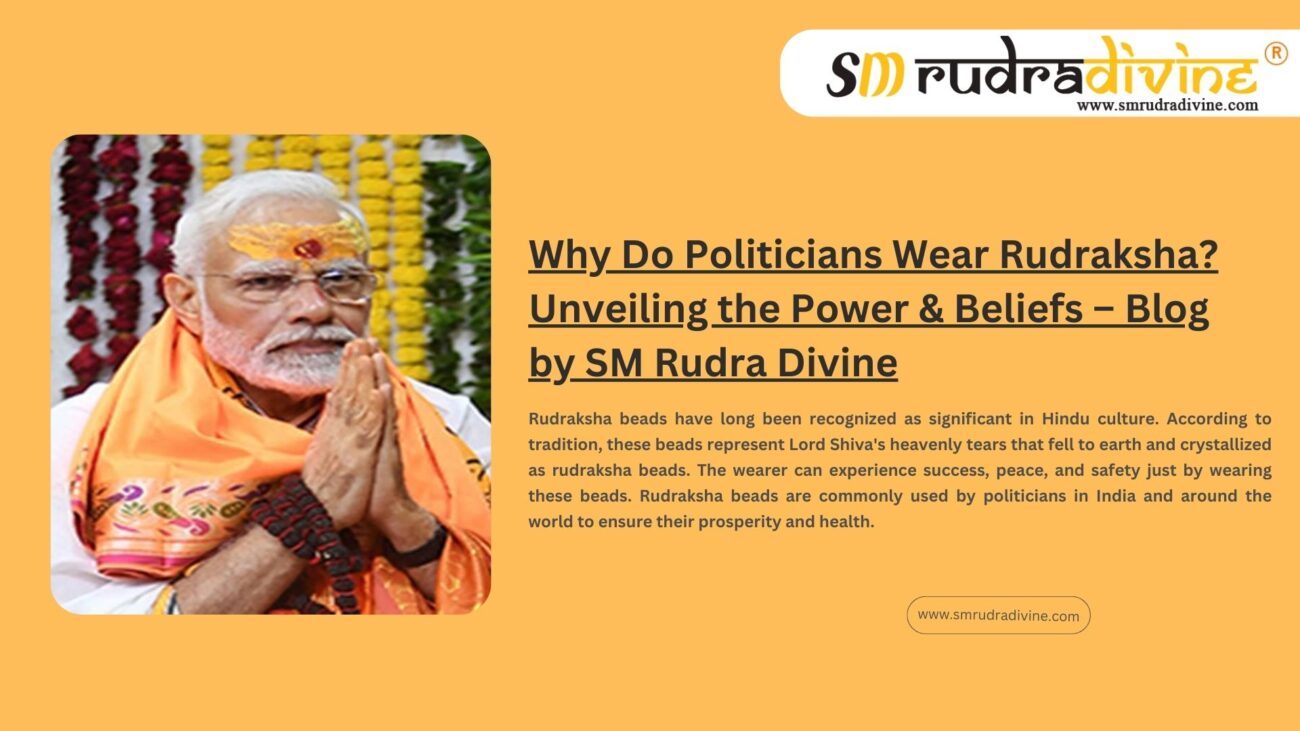- 1 Mukhi Rudraksha
- 2 Mukhi Rudraksha
- 3 Mukhi Rudraksha
- 4 Mukhi Rudraksha
- 5 Mukhi Rudraksha
- 6 Mukhi Rudraksha
- 7 Mukhi Rudraksha
- 8 Mukhi Rudraksha
- 9 Mukhi Rudraksha
- 10 Mukhi Rudraksha
- 11 Mukhi Rudraksha
- 12 Mukhi Rudraksha
- 13 Mukhi Rudraksha
- 14 Mukhi Rudraksha
- 15 Mukhi Rudraksha
- 16 Mukhi Rudraksha
- 17 Mukhi Rudraksha
- 18 Mukhi Rudraksha
- 19 Mukhi Rudraksha
- 20 Mukhi Rudraksha
- 21 Mukhi Rudraksha
How to Verify and Recognize Original Rudraksha?

Rudraksha is a significant bead known for its numerous astrological and spiritual benefits. It features natural mukhi lines ranging from 1 to 21, which are carved on its surface. In the marketplace, rudraksha beads vary in quality. To select a genuine rudraksha, it is essential to evaluate its color, shape, and the number of mukhis displayed on its exterior. Unfortunately, many vendors may offer counterfeit or synthetic rudraksha while charging for authentic ones. This makes the task of identifying an Original rudraksha even more difficult. In this article, we will explore “How to Determine if Rudraksha is Authentic” along with related inquiries.
Importance of Rudraksha
In Hindu texts, rudraksha is revered as a potent bead, believed to be formed from the tears of Lord Shiva. It is suitable for anyone seeking spiritual advancement, regardless of gender, age, or caste. According to mythology, because of its connection to Lord Shiva, rudraksha possesses various healing and astrological attributes. For individuals experiencing negative influences from celestial bodies or other life challenges, rudraksha can provide relief and support.
Also Read Article:- Most Expensive Rudraksha
Physical Characteristics of Rudraksha
Before selecting a rudraksha, it is essential for the wearer to understand its physical characteristics. Below are some key features of rudraksha:
Natural Mukhis (Facets)
Lightweight and Distinct Shape
Natural Hole Formation
Smooth Surface
Natural Mukhis (Facets): Rudraksha is categorized into 1 to 21 mukhis. Authentic rudraksha displays naturally occurring, well-defined facets on its surface. For instance, a 7 Mukhi rudraksha will exhibit seven distinct faces, which are crucial for identifying its category.
Lightweight and Distinct Shape: Genuine rudraksha is lighter than counterfeit versions and typically comes in round or oval shapes.
Natural Hole Formation: Authentic rudraksha features a natural hole at its center.
Check This Blog:- Benefits of 15 Mukhi Rudraksha
How to Verify Original Rudraksha?
When determining whether a rudraksha is genuine or fake, several factors and tests can be employed. These include:
- X-ray Test
- Microscopic Observation Test
- Cut Test
- Water Test
- Boiling Test
- Milk Test
X-ray Test
To ascertain the authenticity of a rudraksha, an X-ray test can be conducted. This test allows for an examination of the internal structure of the rudraksha. Specialized equipment is required for this procedure, so visiting a certified gemology lab is recommended.
Original Rudraksha: A genuine rudraksha will reveal internal chambers that correspond to its mukhi faces.
Fake Rudraksha: If the rudraksha does not display any characteristic chambers, it is likely a counterfeit.
Microscopic Examination Test
The microscopic examination test allows us to assess the quality of rudraksha using a magnifying glass or microscope.
Genuine Rudraksha: Genuine rudraksha features natural grooves, pores, textures, and uniform mukhis.
Imitation Rudraksha: Imitation rudraksha beads exhibit artificial etching, a smooth surface, or irregularities in the grooves.
Read This Article:- 2 Mukhi Rudraksha Benefits
Cutting Test
The cutting test is essential for evaluating the quality of your rudraksha. If you possess several rudraksha beads, you can perform this cutting procedure to assess their quality.
Genuine Rudraksha: Genuine rudraksha contains natural mukhis compartments and chambers within the bead.
Imitation Rudraksha: Imitation rudraksha lacks these chambers and has fewer internal compartments.
Water Test
The water test helps determine the authenticity of the rudraksha. By immersing the rudraksha in water, we can observe its behavior.
Genuine Rudraksha: Natural rudraksha sinks in water due to its inherent density.
Imitation Rudraksha: Imitation rudraksha floats on the surface, as it is typically made from plastic or other synthetic materials.
Boiling Test
The boiling test serves as another method to evaluate the quality of rudraksha. In this test, immerse your rudraksha in boiling water and allow it to cool.
Genuine Rudraksha: Genuine rudraksha beads maintain their shape and original color after being boiled.
Imitation Rudraksha: Imitation rudraksha tends to lose its color and becomes soft or damaged when exposed to heat.
Milk Test
According to folklore, if a genuine rudraksha bead is submerged in milk, the milk remains safe and fresh for 2 to 3 days.
Note: While this claim lacks scientific backing, you may choose to test it for yourself.
Physical Examination of Rudraksha Beads
During the physical examination, we will assess the rudraksha beads based on various physical attributes, including color, quality, size, and more.
Color: Rudraksha beads are available in a range of colors, including yellow, brown, black, and others. Among these, brown is particularly sought after and valued in the market due to its spiritual significance.
Size: Rudraksha beads typically range from 10mm to 25mm in size, with prices varying according to their dimensions.
Origin: Rudraksha beads are sourced from various locations around the globe. However, those from Nepal, Indonesia (Java), and India are known for their superior quality. Nepalese rudraksha is especially popular due to its larger size and consistent brown hue.
Key Characteristics to Consider When Purchasing Rudraksha
When buying rudraksha, it is important to consider its weight.
Ensure that the beads have a clear Mukhis line extending to the tail.
Before making a purchase, inspect the beads for any signs of insect damage, cracks, or other imperfections.
Avoid lightweight rudraksha beads during your selection.
Steer clear of beads with excessively dry surfaces.
When purchasing rudraksha, check for natural holes. If a bead has a small hole, it is advisable to avoid it.
Conclusion
If you intend to buy rudraksha, it is essential to visit certified sellers like Smrudradivine to ensure you select high-quality beads accompanied by certification. The certification not only verifies the quality of the rudraksha but also enhances customer confidence in the products. In this blog, we have discussed “How to determine if your rudraksha is authentic or counterfeit” along with related information.
Also Check This Blog:- Health benefits of Rudraksha












